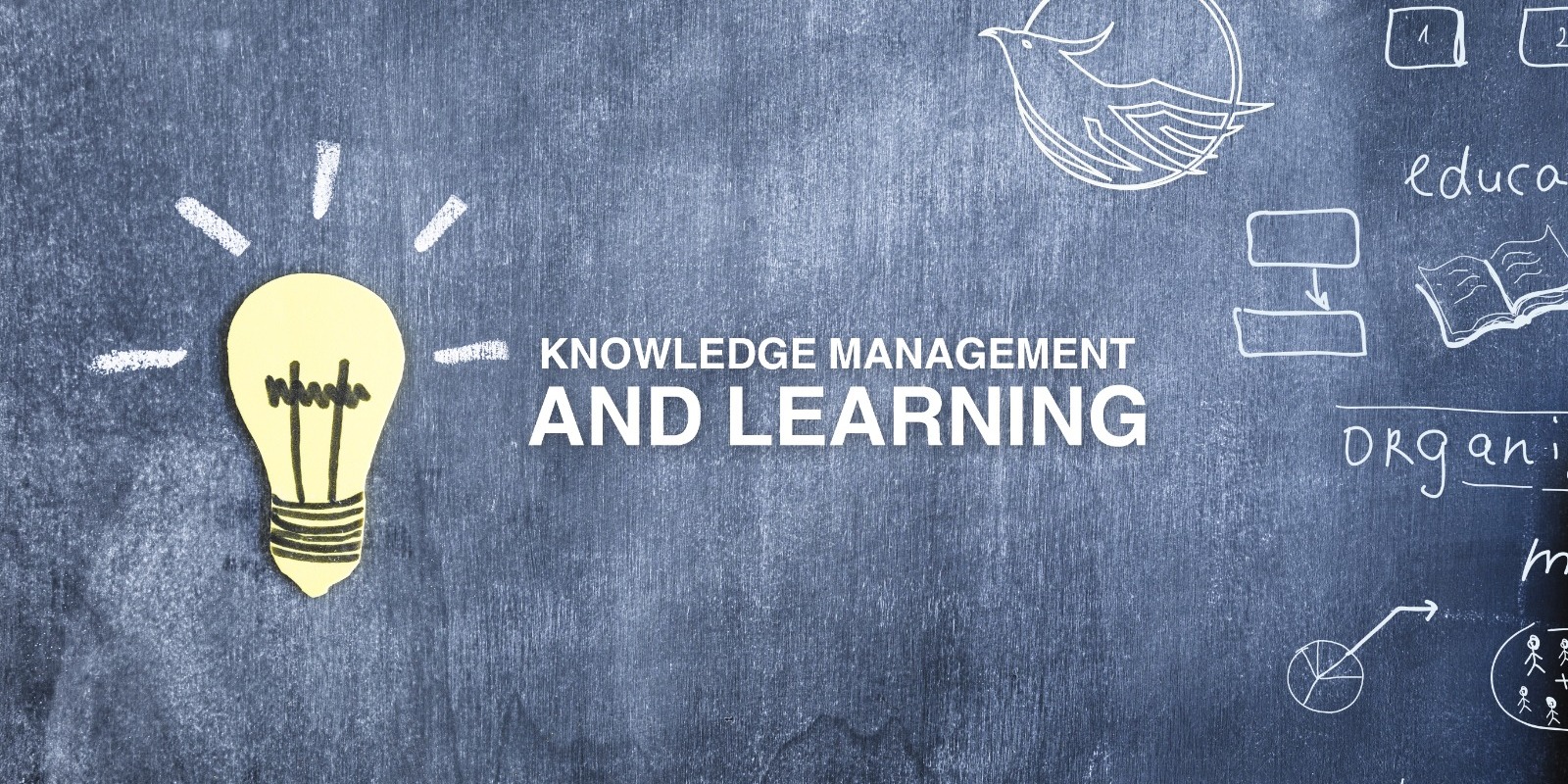
Knowledge Management and Learning
Knowledge Management and Learning is a strategic approach to capturing, organizing, sharing, and analyzing an organization’s knowledge in terms of resources, documents, and people skills. Here’s a full description:
Identifying, organizing, storing, and disseminating information within an organization.
The goal is to improve efficiency, productivity, and foster innovation by leveraging collective organizational knowledge.
Types of Knowledge:
Tacit Knowledge: Acquired through experience and difficult to articulate or codify, like leadership skills1.
Implicit Knowledge: Often exists within processes and is referred to as “know-how” knowledge.
Explicit Knowledge: Captured in documents such as manuals, reports, and guides, allowing for easy sharing across teams.
Knowledge Management Process:
Involves knowledge acquisition, creation, refinement, storage, transfer, sharing, and utilization.
A knowledge management system (KMS) is used to harness and centralize knowledge for better operational efficiencies.
Learning in Knowledge Management:
Refers to the continuous process of acquiring knowledge and skills from the organization’s knowledge base2.
It’s about connecting staff looking for information with those who have it, to raise the level of expertise.
Benefits:
Facilitates faster decision-making and streamlines organizational processes like training and onboarding1.
Leads to higher employee satisfaction and retention by making knowledge readily accessible.
Knowledge Management Systems:
These systems support the use of a knowledge base and are critical to successful knowledge management1.
They provide a centralized place to store and access information readily.